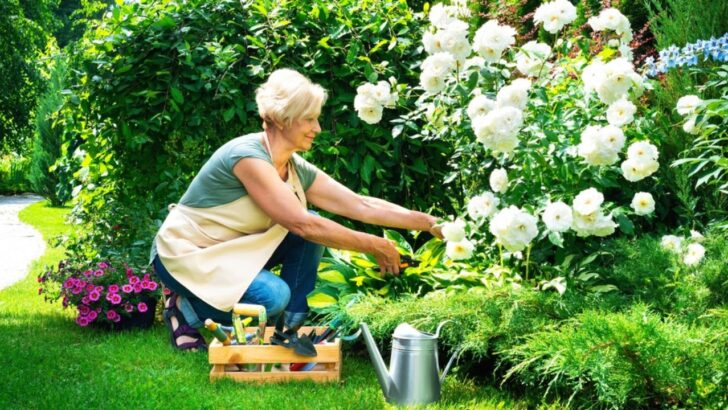When you’re a new gardener, it’s easy to get swept up in the glossy marketing of high-tech gadgets and picture-perfect toolkits. From automated soil test probes to plant health apps on your phone, there is no end to fancy tools that promise to make your life easier in the garden.
Let me let you in on a little secret: you don’t need any of this. Seasoned gardeners often rely on simple, practical tools that rarely make it into viral TikTok posts or on big-box store displays.
If you’re searching for those essential garden tools that experienced growers swear by, you’re in the right place. These are the sleeper hits of the garden world: tools that seem unassuming, sometimes strange, until you realize that you can’t garden without them.
The Favorites of Veteran Gardeners
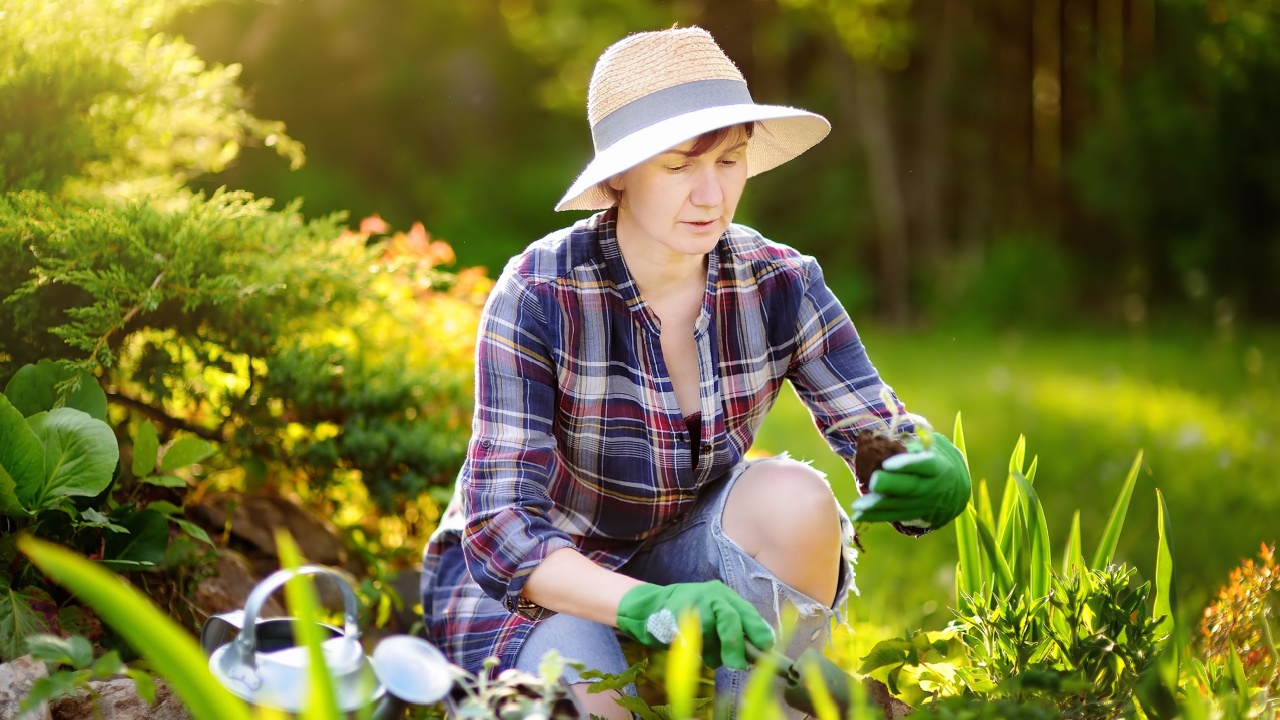
Image Credit: Shutterstock.
As a certified Master Gardener with the State of Colorado and a PhD in Agricultural Engineering, I’ve curated the following list of essential and eclectic gardening tools that I think you’ll love to add to your garden tool rotation.
Being a veteran gardener, these are a mix of personal favorites and tools that my colleagues recommend.
1. Hori Hori Knife (The Swiss Army Knife of the Garden)
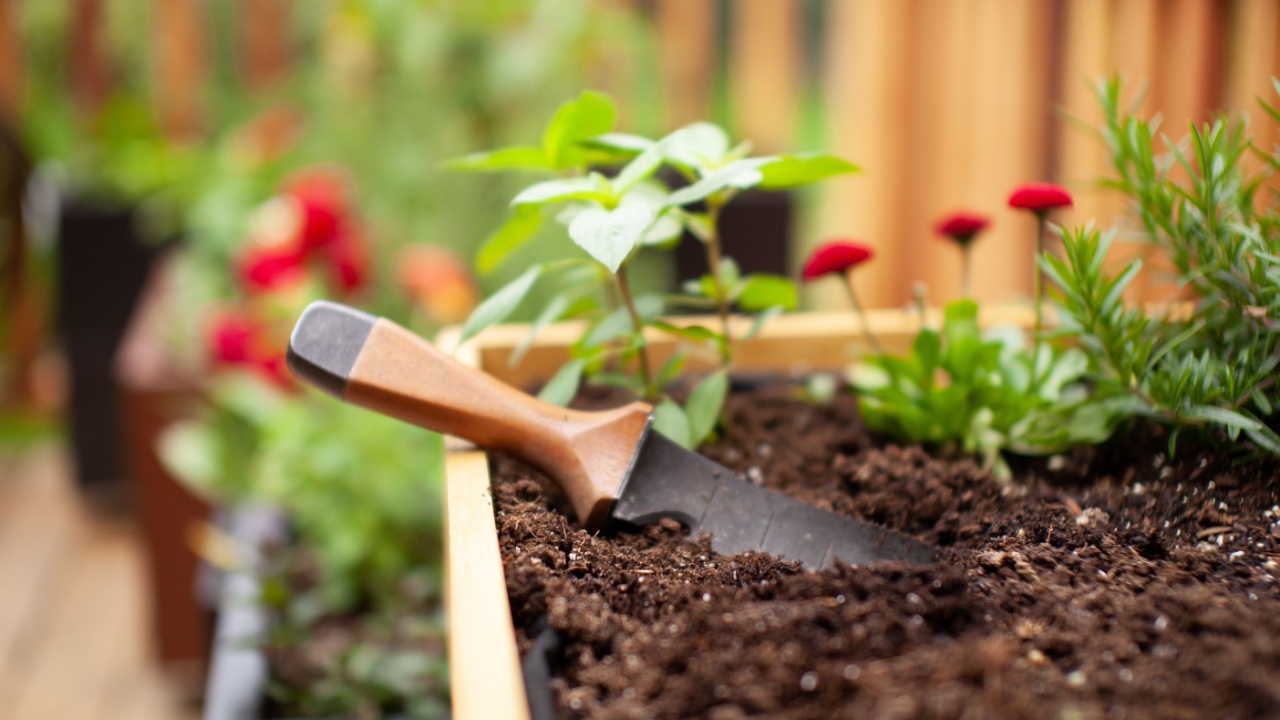
Image Credit: Shutterstock.
Few garden tools have the quiet cult following of the hori hori knife. Originating in Japan, this sturdy, razor-edged blade is part trowel, part knife, part ruler—and completely indispensable.
Whether you’re digging planting holes, slicing through tough roots, measuring depth for bulbs, or prying out weeds, the hori hori does it all. It’s one of the few tools that can replace several in your shed with just one sleek, dirt-loving blade.
2. Japanese Hand Hoe (Martha Stewart’s Favorite)

Image Credit: Shutterstock.
The Japanese hand hoe, also known as a nejiri gama or hand weeder, is a precision instrument beloved by pros and hobbyists alike. Martha Stewart herself calls it her most essential gardening tool—and for good reason.
The sharp, angled blade lets you slice just beneath shallow roots, making it perfect for weeding between paving stones or tight garden beds. It also doubles as a mini digger and scraper, meaning you can use it for planting, loosening soil, and even cleaning up moss or debris from corners where larger tools just don’t fit.
3. Root-Slayer Shovel
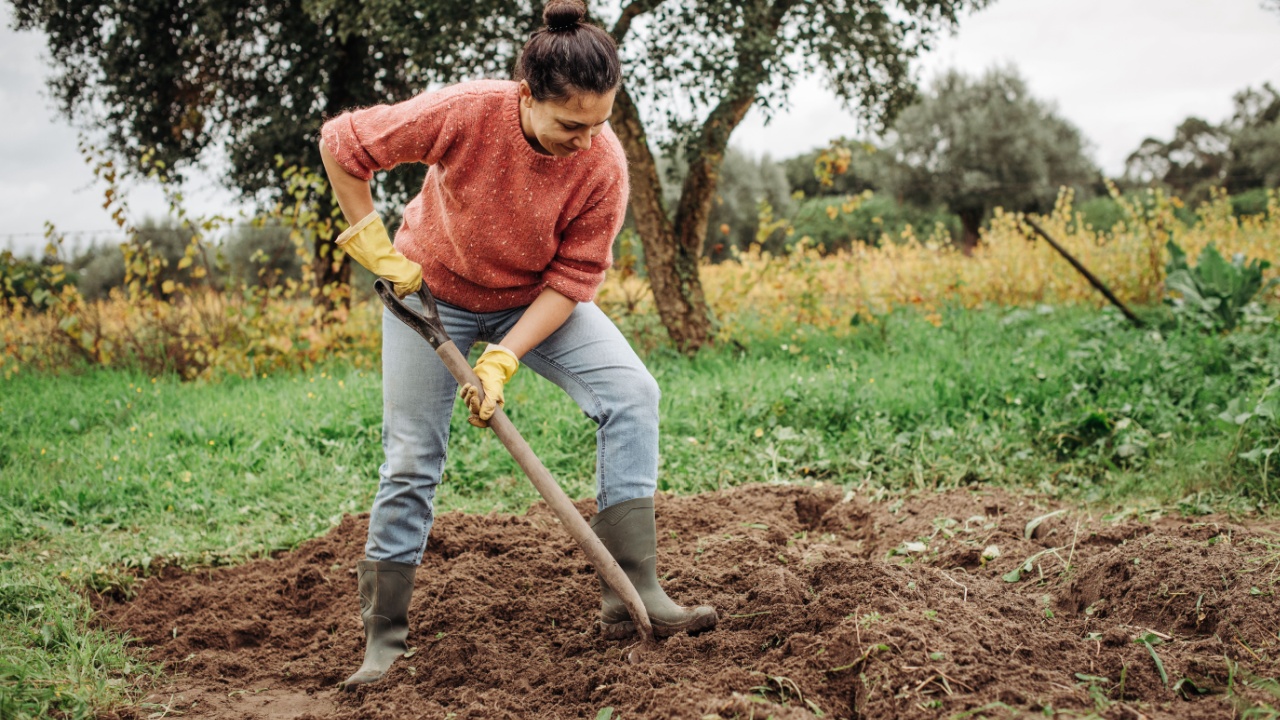
Image Credit: Shutterstock.
When you’re dealing with compacted soil, tangled roots, or dense clay, most standard shovels throw in the towel. That’s where the Root-Slayer steps in.
With a serrated, V-shaped blade designed to slice through roots and stubborn soil like butter, this shovel turns grueling trench work into a much smoother ride. The saw-toothed edges do the heavy lifting, saving your wrists, shoulders, and especially your back.
4. Garden Knee Pads
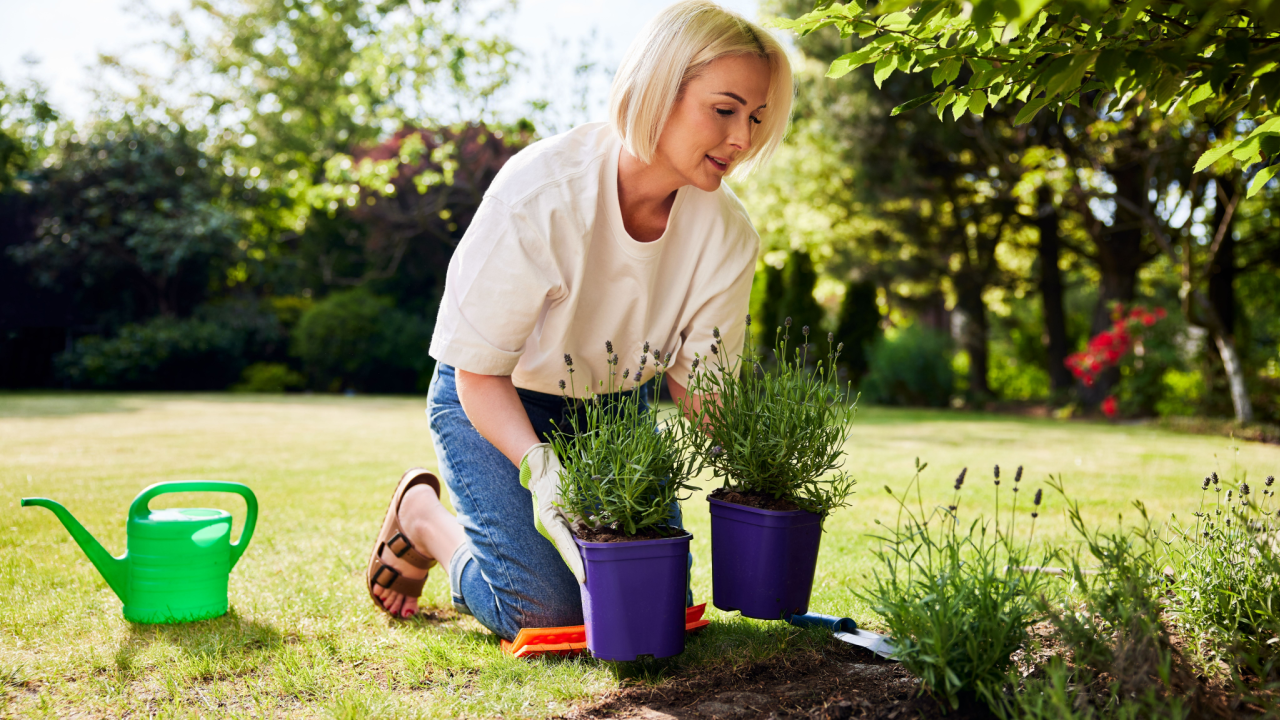
Image Credit: Shutterstock.
Gardening can be brutal on your knees. Whether you’re landscaping, planting seedlings, pulling weeds, or harvesting low-growing crops, that constant up-and-down eventually takes its toll.
Enter one of the most underrated essentials: garden knee pads.
The best garden-specific knee pads are lightweight, cushioned for hours of comfort, and often come with moisture-resistant materials that don’t soak up damp soil. Some even feature adjustable straps that stay secure without cutting off circulation.
Not ready to fully commit your garden ensemble to wearable knee pads? Grab a low-cost foam kneeling pad to cushion your knees without sacrificing your garden ‘fit.
5. Leather Gardening Gloves

Image Credit: Shutterstock.
Nothing beats a solid pair of leather gardening gloves in your tool arsenal. Built to withstand thorns, splinters, and brambles, leather gloves offer serious protection from the prickly and pokey things that you encounter while gardening without sacrificing comfort. I find that they are a must-have when pruning roses, hauling firewood, or digging around rough terrain. An added benefit is that quality leather gloves mold to your hands over time, becoming softer, more flexible, and more durable with use.
Pro tip: Look for gloves with reinforced palms and long cuffs to protect your wrists and forearms. The investment pays off every time you handle something sharp, heavy, or downright prickly.
6. Soil Block Makers Instead of Plastic Trays
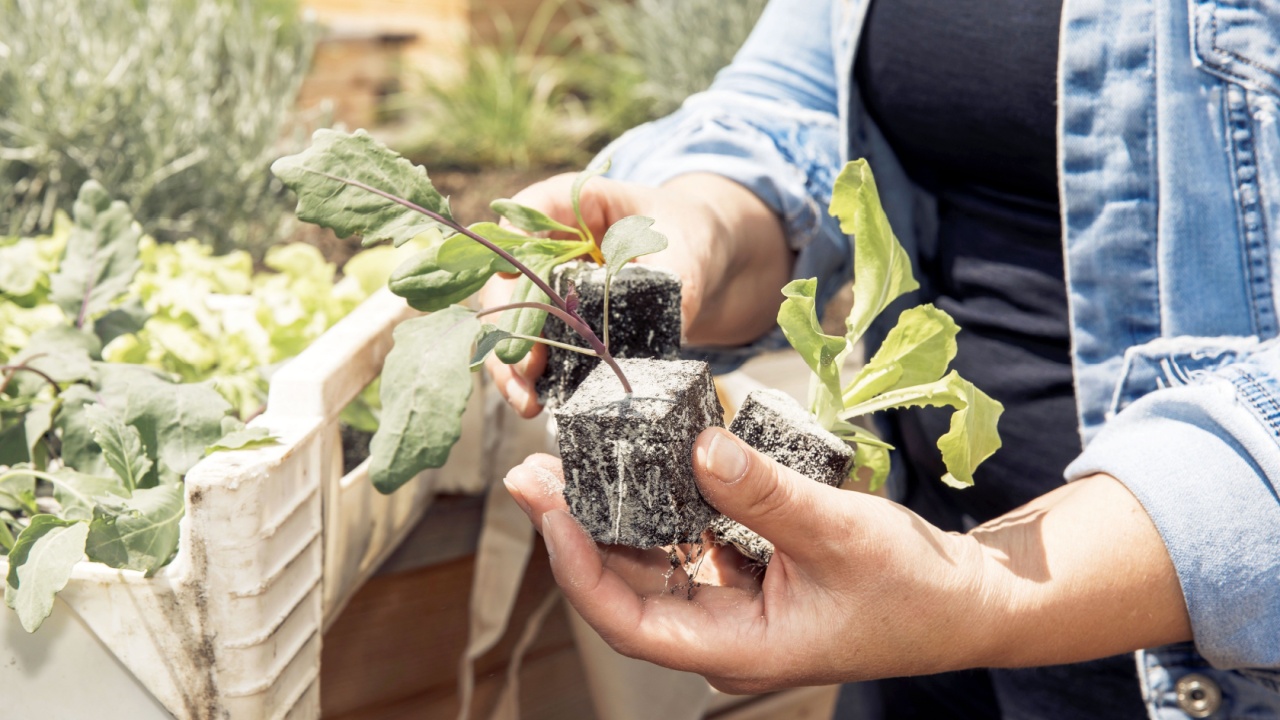
Image Credit: Shutterstock.
Plastic seed trays may be cheap and familiar, but they crack, warp, and end up in landfills after just a few seasons.
The alternative? Soil block makers. These clever tools compress a moist soil mix into cube-shaped blocks that hold their form, with no plastic needed. Seeds are sown directly into the blocks, and when transplanting time comes, there’s no cell to remove, minimizing root disturbance and transplant shock. The best part is that you can use these tools year after year without having to buy new containers to start your seeds.
Not sure where to get started? Petra Page-Mann from Cornell University outlines the five steps it takes to make soil blocks (think of making ice cubes, but from soil). You’ll need a special soil-blocker tool to get started, but it will last year after year with no other equipment needed!
7. Garden Wagon (Your Mobile Garden Assistant)
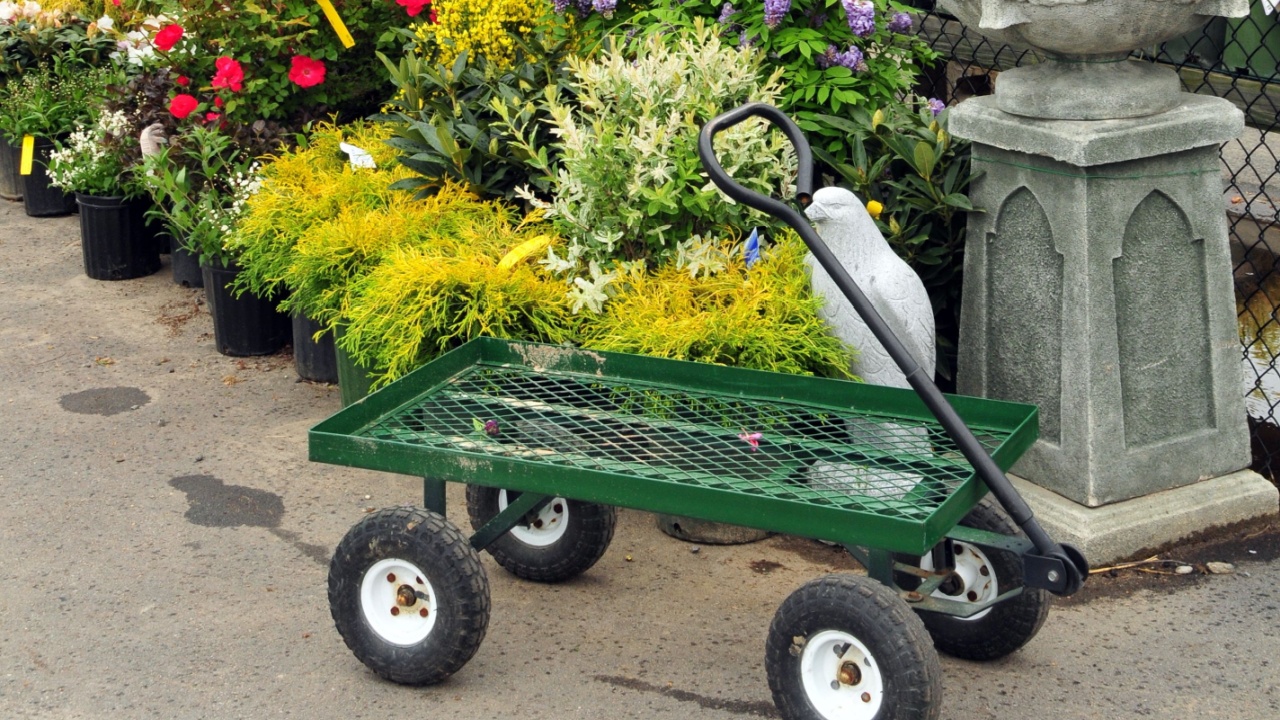
Image Credit: Shutterstock.
Think of a garden wagon as your trusty sidekick—quiet, reliable, and always ready to haul.
Whether you’re moving heavy pots, piles of mulch, bags of compost, or an entire set of tools, a garden wagon saves your back and your sanity. It’s like a wheelbarrow, but with better balance, more space, and fewer chances of tipping over mid-trip. Some models even come with collapsible sides, cushioned handles, or all-terrain wheels that glide effortlessly across gravel or soggy grass.
8. Leaf and Lawn Chute (Because Bagging Leaves Shouldn’t Be a Wrestling Match)
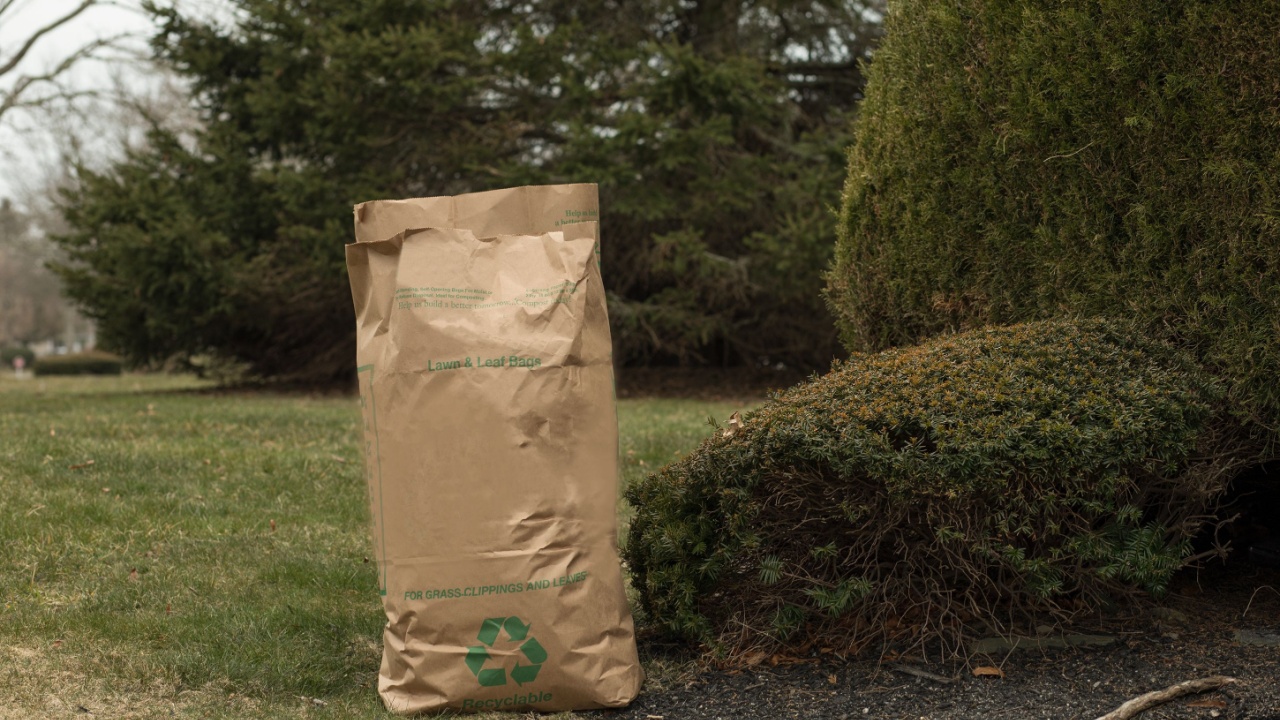
Image Credit: Shutterstock.
If you’ve ever tried to stuff a floppy paper lawn bag full of leaves on a windy day, you know the struggle: the bag collapses, the leaves blow away, and frustration sets in fast.
That’s where the Leaf and Lawn Chute comes in—a simple, foldable insert that fits perfectly inside standard yard waste bags to keep them open, upright, and stable while you work. No more fighting with collapsing bags or asking someone to “just hold it open” for a minute.
This tool might not look like much, but it will save you a lot of headaches during your fall cleanup. When you’re done? Unlike a trash can, it folds flat for easy storage in a shed or garage to store until next year.
9. Worm Castings
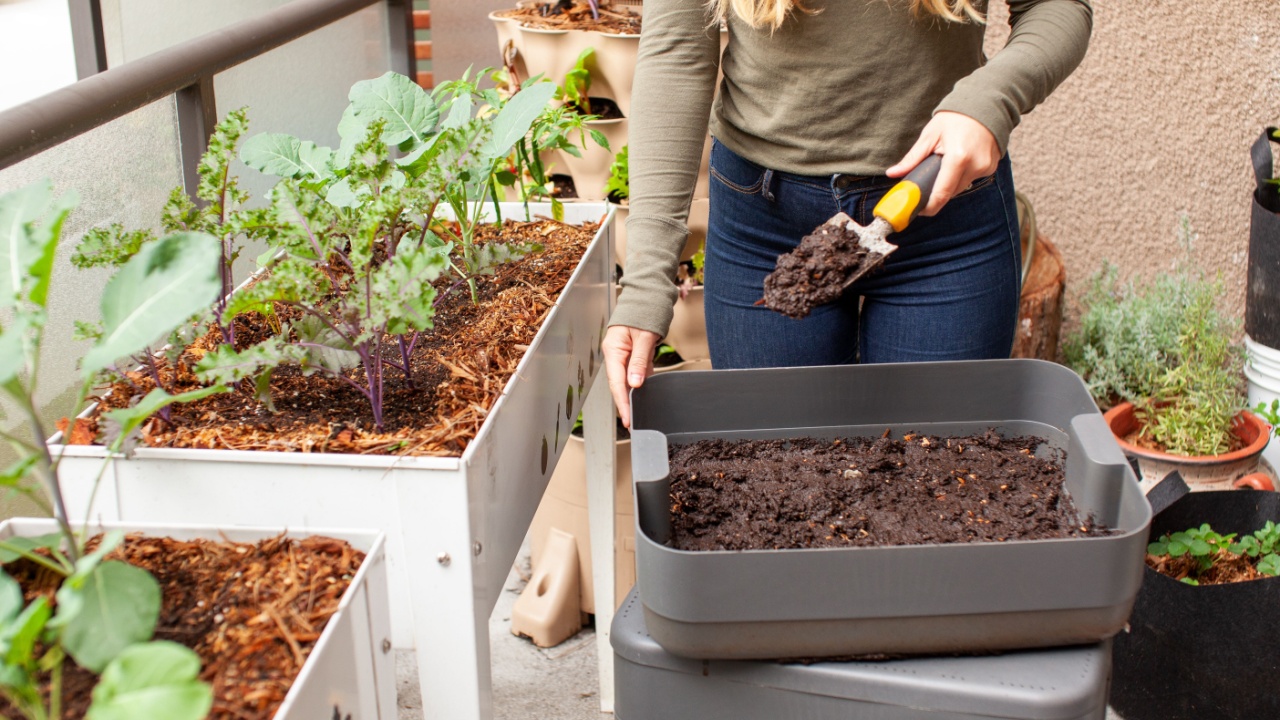
Image Credit: Shutterstock.
Worm castings, often called “black gold”, are one of the most powerful amendments you can add to your garden.
According to the University of California, worm castings act like a multivitamin for your soil because they are packed with beneficial microbes, slow-release nutrients, and organic matter. Add just a handful of castings mixed into planting holes or top-dressed around your veggies to boost root development, improve water retention, and enhance plant resilience.
What makes them oddly essential? They’re often overlooked by new gardeners in favor of flashy fertilizers or synthetic feeds. Experienced growers know that healthy soil is the foundation of everything, and worm castings offer an easy, odor-free, and sustainable way to level up.
10. 5-Gallon Buckets
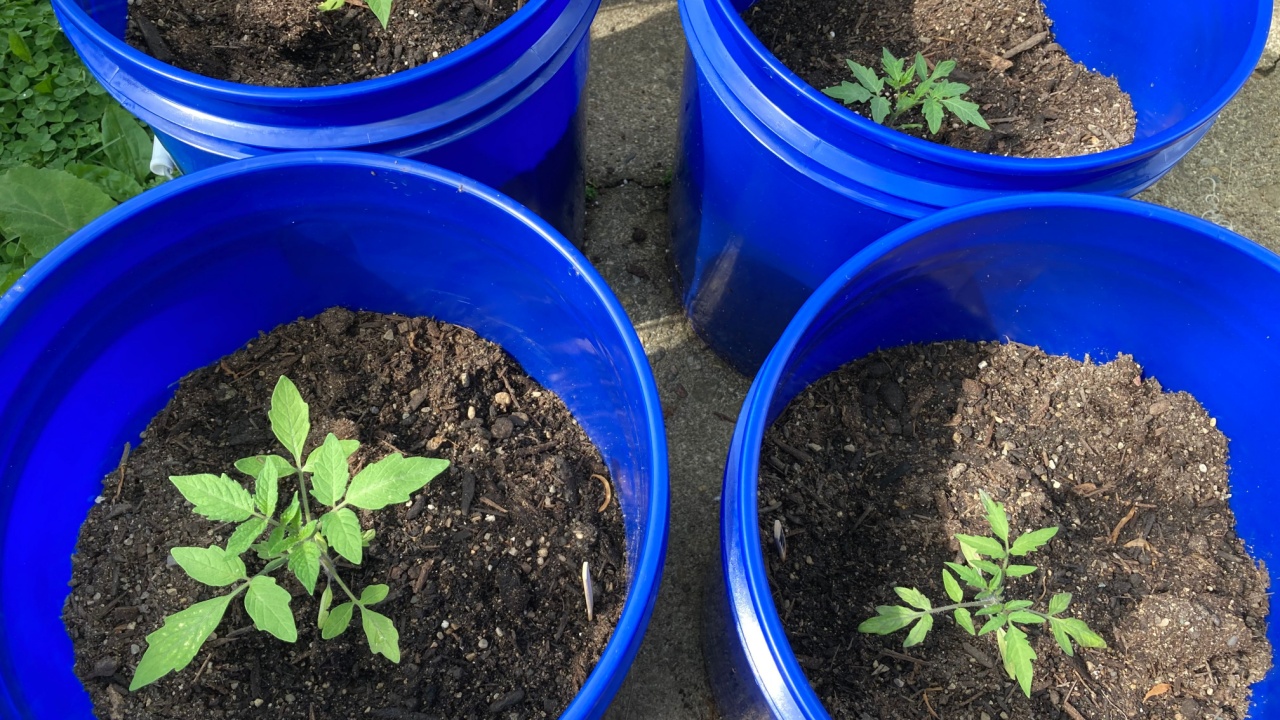
Image Credit: Shutterstock.
If there’s one garden supply tool that punches far above its weight, it’s the humble 5-gallon bucket. This unassuming container isn’t just for contractors or painters—gardeners have turned it into one of the most versatile tools in their shed.
Need a stool while planting seedlings? Flip it over and sit. Want a compost carrier, harvest bin, or soil mixer? It handles all three. Organizing your tools? Just toss them in and go. Even better, you can stack them, drag them, and repurpose them endlessly.
11. Soaker Hoses (The Set-It-and-Forget-It Way to Water)
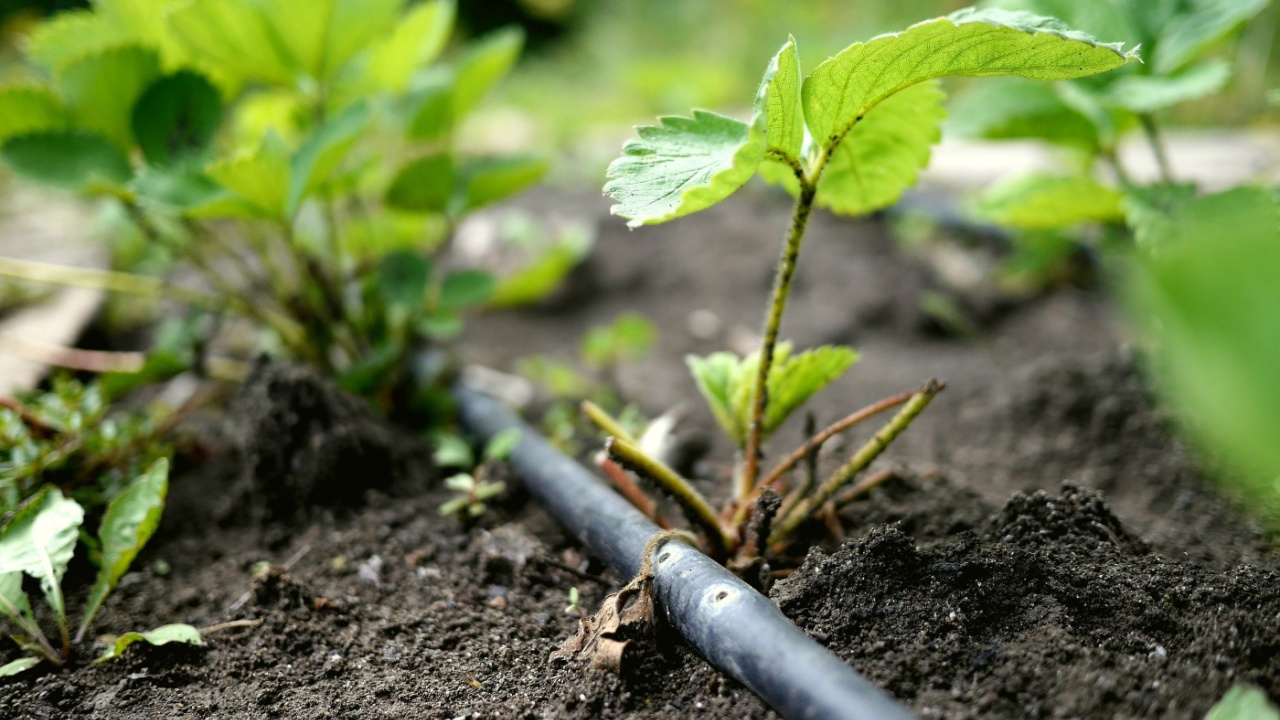
Image Credit: Shutterstock.
If you’re still hand-watering every plant with a hose or watering can, meet your new best friend: the soaker hose.
These low-profile, porous hoses deliver water slowly and directly to the root zone, minimizing evaporation and runoff. Just snake one through your beds, connect it to a timer, and let it do the work while you enjoy your morning coffee.
Soaker hoses are especially useful for raised beds, vegetable rows, and perennial borders—anywhere consistent moisture is key. They help prevent fungal issues by keeping leaves dry and save water compared to overhead sprinklers. Want to go high tech? Connect your soaker hose to an automatic timer for a true set-it-and-forget-it solution to watering. In as few as 7 steps, the City of Bellingham walks you through setting up a soaker hose with an automatic timer.
12. Sun Protective Clothing
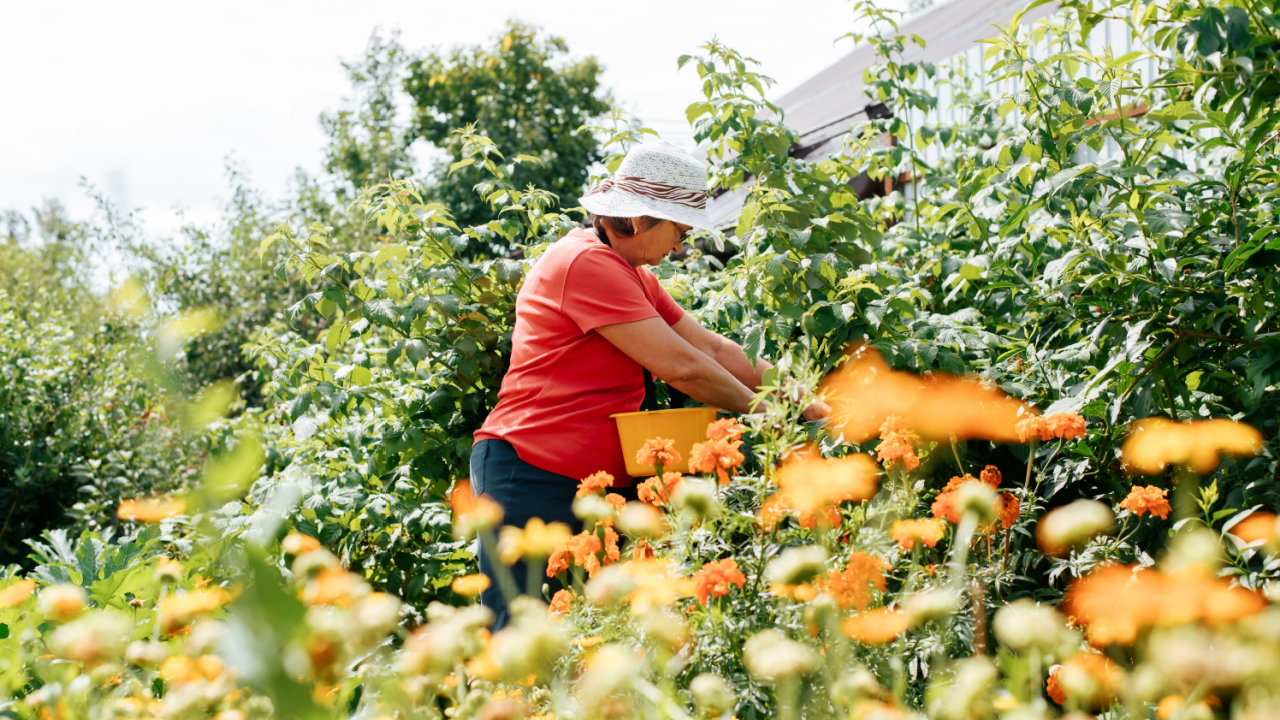
Image Credit: Shutterstock.
You may not think of sun-protective clothing as a garden tool, but if you spend more than 20 minutes outside pulling weeds or planting seedlings, your skin would disagree.
From wide-brimmed hats to UPF-rated shirts and arm sleeves, sun-safe gear is a must-have for long garden sessions. Clothing like that made by sun protective clothing vendor, Solbari, can shield you from harmful UV rays, help to regulate your temperature, and prevent that painful “garden burn” many of us know too well.
This is especially essential for gardeners who say things like, “I didn’t even realize I was out there for two hours.” Sound familiar? We’ve all been there.
Build Your Tool Kit With Confidence
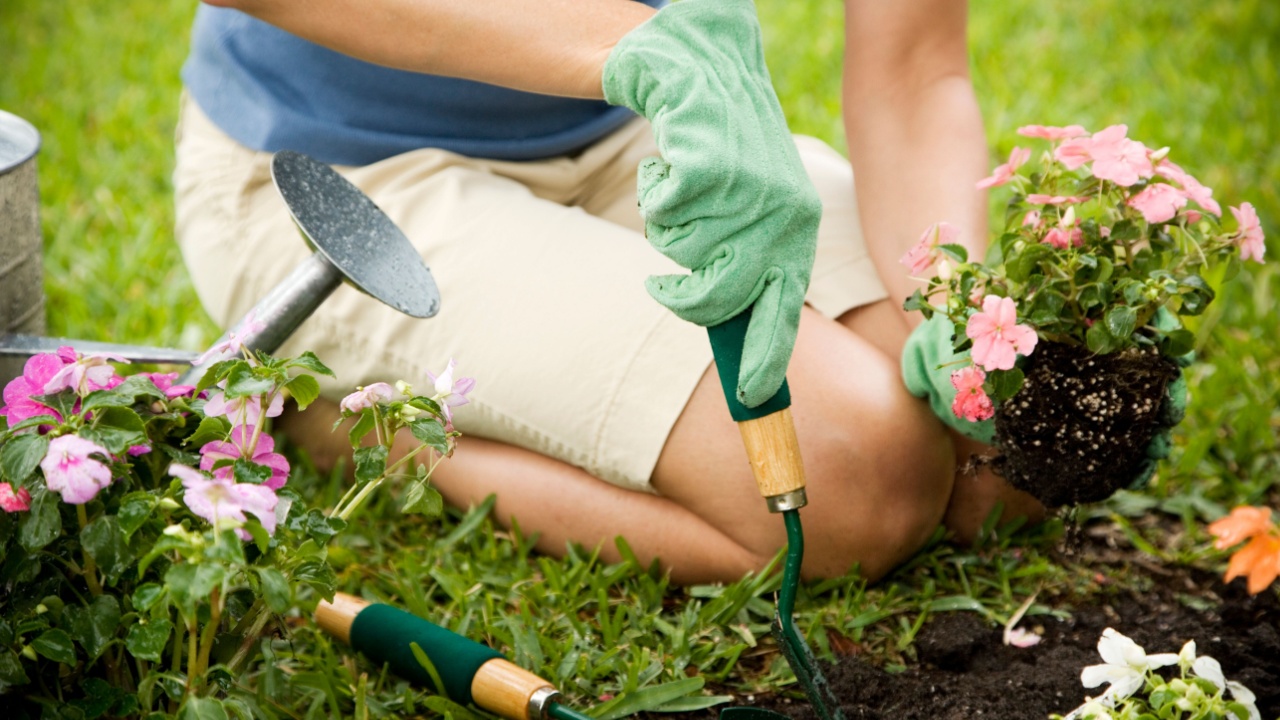
Image Credit: Shutterstock.
At the end of the day, great gardens aren’t built with the flashiest gear—they’re grown with thoughtful, time-tested tools that make your life easier.
From a hori hori knife to the good old 5-gallon bucket, this list of oddly essential garden supplies is curated to bring you function, comfort, and joy. The tools veteran gardeners rely on are the ones that evolve with them season after season—saving time, reducing strain, and enhancing the connection to the soil.

